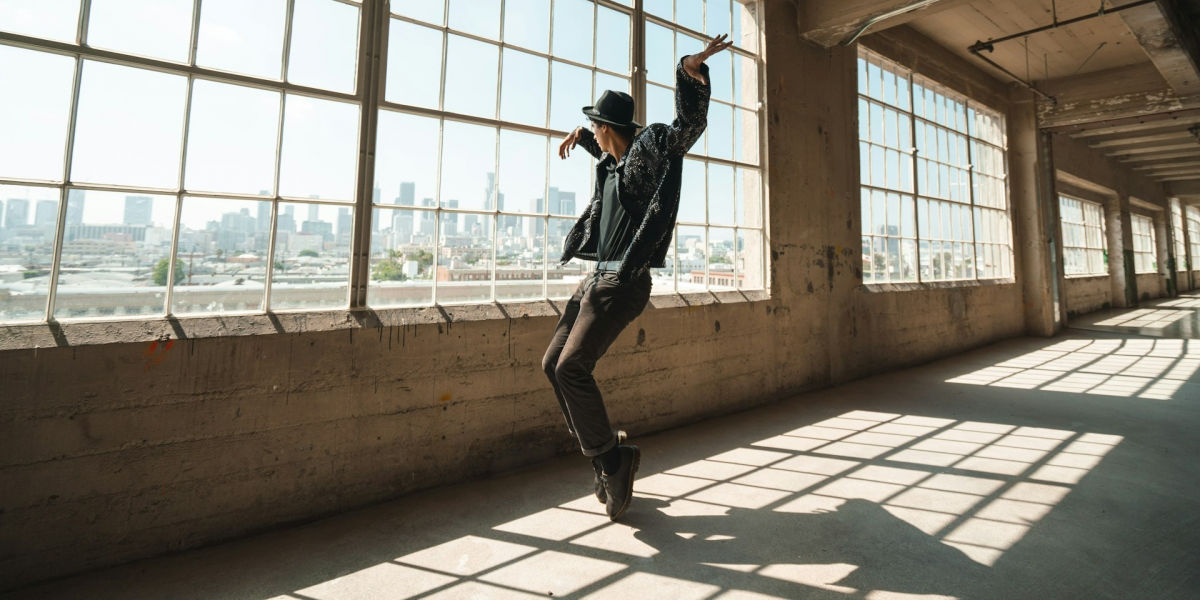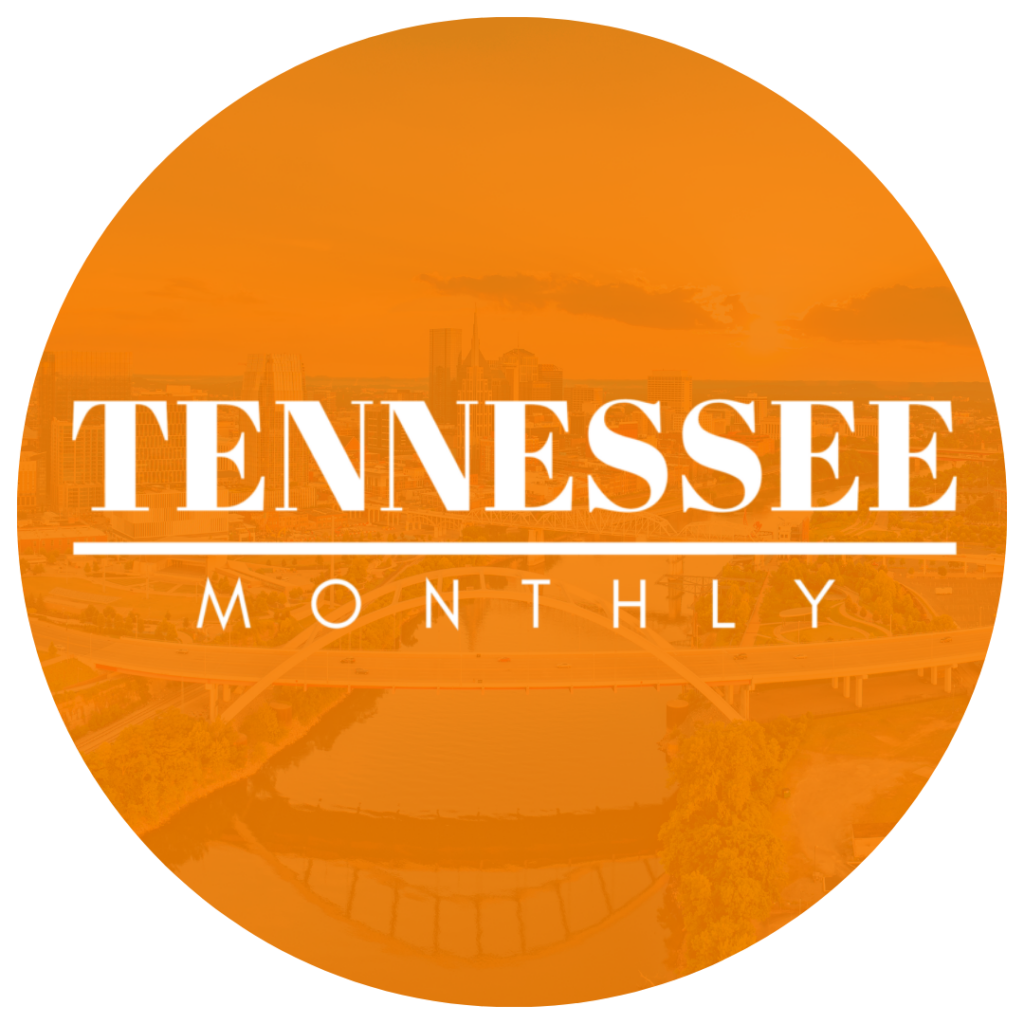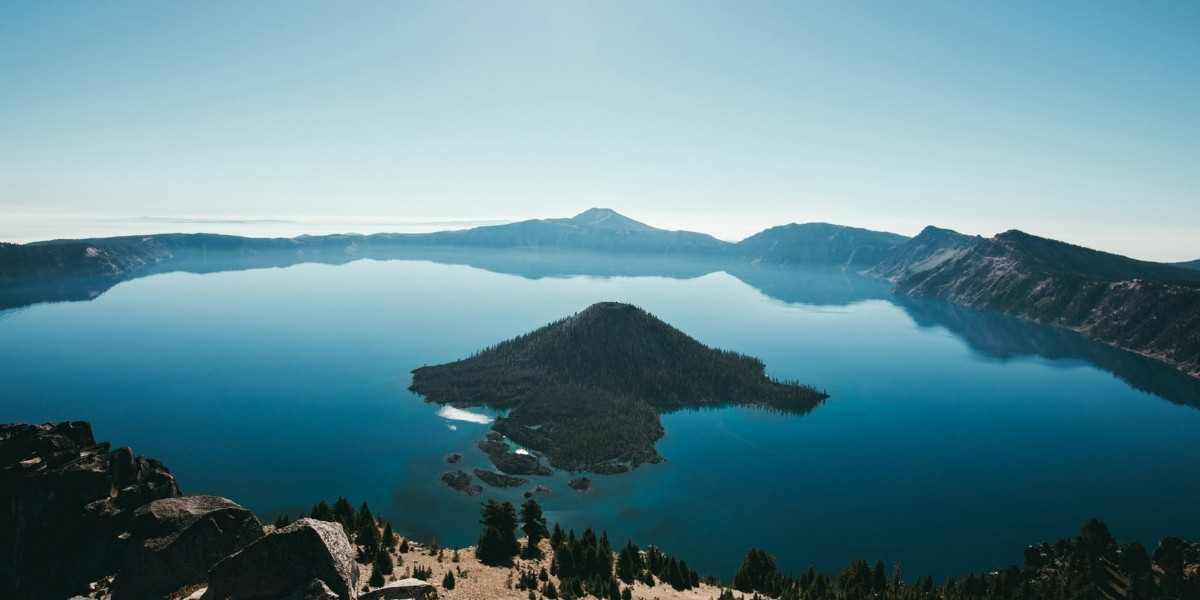Dance is a universal form of expression that has been an integral part of human culture for centuries. From ancient rituals and ceremonies to modern-day performances and competitions, dance has evolved and adapted to reflect the changing times and cultures. In this article, we’ll take a journey through history to explore how dance has evolved over the years and how it continues to shape our lives today.
Ancient Roots
The origins of dance can be traced back to ancient civilizations, where it was often used as a form of ritualistic expression. In cultures around the world, dance was performed as part of religious ceremonies, social gatherings, and celebrations of life’s milestones. These early dances were often characterized by rhythmic movements, elaborate costumes, and symbolic gestures that conveyed meaning and emotion.
Classical Traditions
As civilizations developed and societies became more structured, dance evolved into a more formalized art form. In ancient Greece, for example, dance was an integral part of theater and was used to tell stories, convey emotions, and honor the gods. Similarly, in India, classical dance forms such as Bharatanatyam and Kathak originated as a means of worship and spiritual expression.
Folk and Traditional Dances
Alongside classical dance traditions, folk and traditional dances flourished in communities around the world. These dances were often passed down through generations and were deeply rooted in the cultural heritage of a particular region or ethnic group. From the lively folk dances of Europe to the intricate movements of African tribal dances, each culture had its own unique style and repertoire of dances that reflected its history, values, and beliefs.
The Rise of Ballet
In the 15th and 16th centuries, ballet emerged as a distinct form of dance in the royal courts of Europe. Originally developed as entertainment for the aristocracy, ballet quickly gained popularity and evolved into a highly stylized and technical art form. With its emphasis on grace, precision, and storytelling, ballet became one of the most revered and influential dance forms in the Western world.
Modern Dance Movements
In the late 19th and early 20th centuries, a new wave of dance movements emerged that challenged the conventions of classical ballet and embraced a more experimental and expressive approach to movement. Figures like Isadora Duncan and Martha Graham pioneered the modern dance movement, which rejected the rigid formalism of ballet in favor of more fluid, naturalistic movements that reflected the inner emotions and experiences of the dancer.
Popular Dance Styles
In the 20th century, dance continued to evolve and diversify, giving rise to a wide range of popular dance styles that captured the spirit of the times. From the energetic rhythms of jazz and swing to the sensual movements of salsa and tango, each decade brought its own unique dance craze that swept the globe and captured the imaginations of millions.
Contemporary Dance
Today, dance continues to thrive as a vibrant and dynamic art form that encompasses a wide range of styles and genres. Contemporary dance blends elements of ballet, modern dance, and other influences to create innovative and experimental choreography that pushes the boundaries of traditional dance forms. With the rise of social media and online platforms, dancers have more opportunities than ever to share their work and connect with audiences around the world.
A Craft That Continues to Evolve
In conclusion, dance has evolved significantly over the years, from ancient rituals and classical traditions to modern-day innovations and experiments. Despite the ever-changing nature of dance, its core essence remains the same: to express emotion, tell stories, and celebrate the human experience. As we continue to move forward into the future, it’s clear that dance will remain an integral part of our cultural heritage and a powerful means of artistic expression for generations to come.








